A Riot Grrrl Mixtape of Underrated Gems
She Shreds Media was born from the intersection of music, identity, culture, and activism, coming to a head when I first learned about punk—the riot grrrl version. From the moment I picked up my first electric guitar at nine-years-old, I knew that an instrument meant more than just making sound. Some musicians want to be technical masters of the guitar, while others, like myself, want to be proficient in wielding the power a guitar has to create cultural movements.
My first insight into this potential was learning about the riot grrrl movement of the 90s—a cultural phenomenon that gained international attention and is credited with establishing a new musical foundation for women and punk in general. As the founder of She Shreds Media and host of OPB’s Starting A Riot, my fascination with music history is deeply rooted in three core aspects of my identity: being queer, being a woman, and being Mexican. Within that spectrum, I find myself searching for the stories, names, and photos of queer, indigenous, Black, gender-expansive, and trans musicians whose work was undoubtedly influential, yet often absent from the conversation.
As you’ll come to learn in Starting A Riot, riot grrrl was fierce in its goal of empowering women to imagine themselves outside of social and political expectations, but flawed in its consideration of intersectional politics that involved race and class. So, it makes sense that when my curiosity for Indigenous and Black musical influences grew, my relationship with riot grrrl could only go so far before it left me behind. It wasn’t until I agreed to dive into the research for this podcast that I uncovered more about the BIPOC side of this groundbreaking movement.
In Starting A Riot, we tell the history of riot grrrl: why it started in the Pacific Northwest and what its lasting impact has been. We focus on the stories often overlooked in the retelling of riot grrrl history, hearing from people on the margins, people who felt left out, and the people who insisted on being part of the conversation anyway.
Listen to the podcast on all streaming platforms here, and then dive deeper with my top 15 picks of underrated books, bands, zines, and artists that were influential to and inspired by riot grrrl.
Fanny: The Right To Rock (Movie)
Featured as one of the first musicians you’ll meet in episode 1 of Starting A Riot, June Millington, alongside her sister Jean Millington, are the founders of the Filipina-American, all-femme psych band, Fanny. If you’ve been following She Shreds then you already know we’re obsessed with this band. Fanny was sonically, culturally, and politically groundbreaking as well as the first all-women (not to mention, POC-fronted) rock group to achieve commercial success. It’s my personal opinion that if it weren’t for Fanny, and other similar groups challenging social norms as women musicians, then the path for a movement like riot grrrl would not have reached as far as it did. Listen to June Millington in Episode 1 of Starting a Riot: “They Are Our Revenge.”
How to Make a Zine (Free PDF) by Sarah Shay Mirk (Zine)
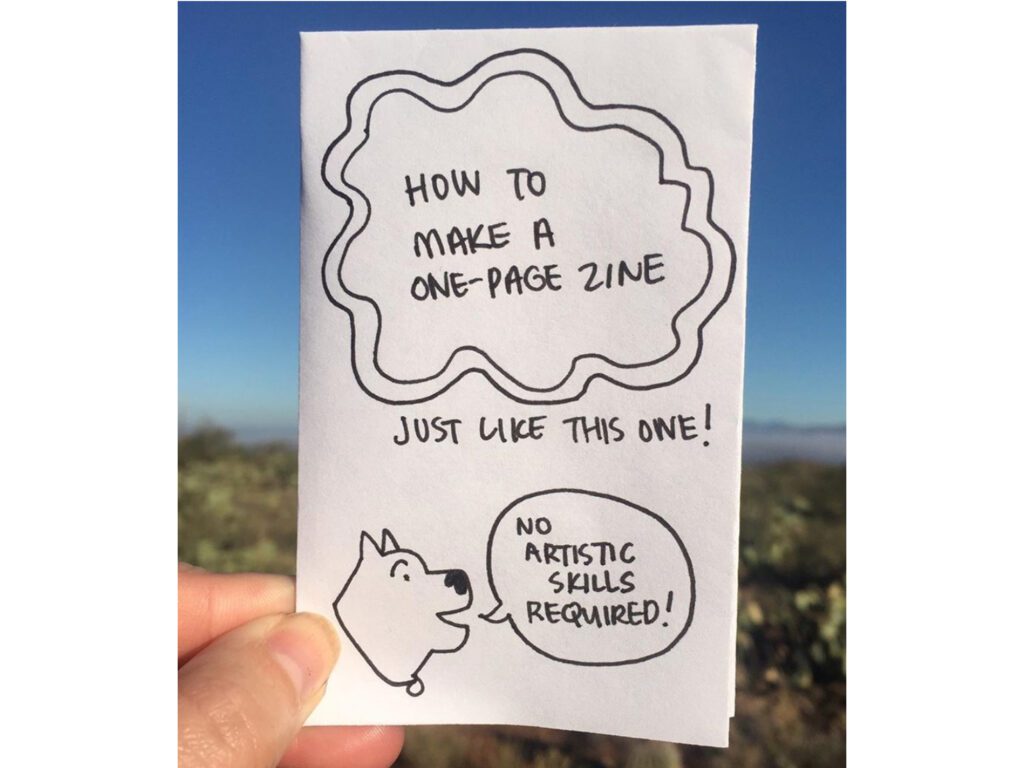
During their time as online editor for Bitch Media, I had the honor of working with and learning from Sarah Shay Mirk. Their experience spans over a decade of writing as a journalist for Portland Weekly, to becoming a published author with illustrations and comics featured in The New Yorker, NPR and beyond. If after listening to episode 3 you’re ready to start your own zine, check out Mirk’s free DIY zine tutorial. Not only is it extremely cute but easy to follow and fun!
Emily’s Sassy Lime (Band)
Most people will point out that Emily’s Sassy Lime, is in fact, a palindrome, which is cool and all. However, as an acronym, their name forms E.S.L, which, as someone whose second language is English, resonated with me a lot more. Sisters Wendy and Amy Yao, alongside their friend Emily Ryan, formed what might have been the only all-femme, all asian-american punk band in the riot grrrl movement. They often connect the DIY ethos of the movement to the experience of being brought up in an immigrant household, which, as we discuss in episode 6, I think is exactly why we continue to see many BIPOC youth inspired by riot grrrl culture today.
Shotgun Seamstress (Zine & Book)
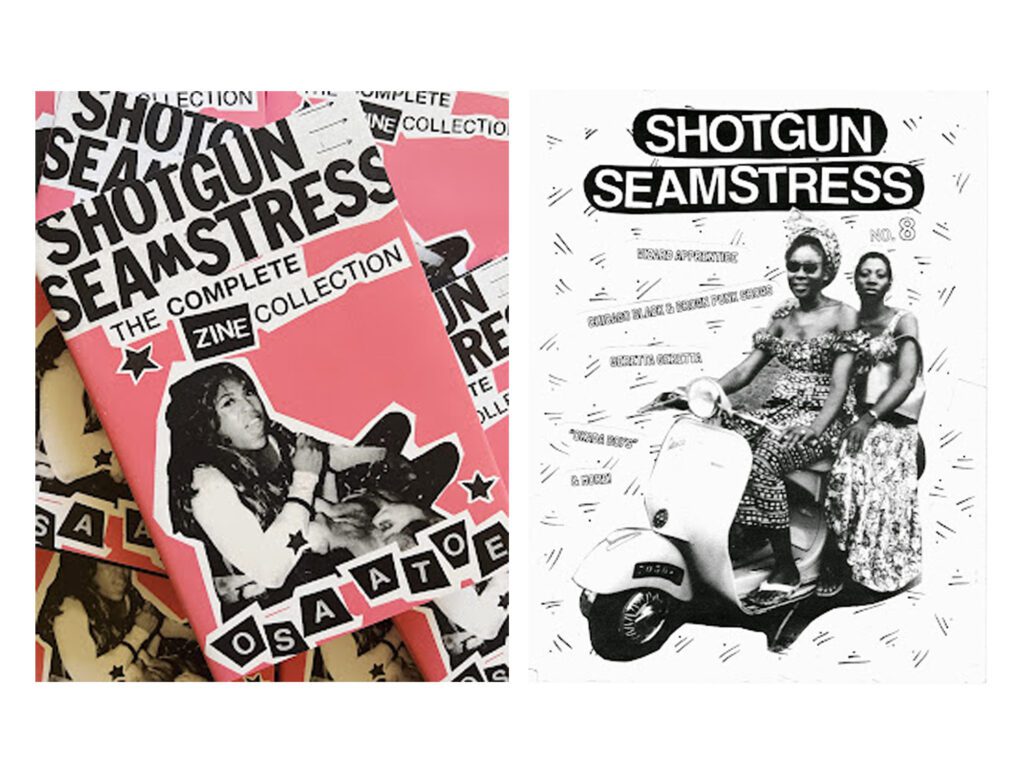
Shotgun Seamstress is a zine turned book by and for Black punks that started in 2006 by Osa Atoe. I actually found out about Osa going to house shows in Portland, OR circa 2010. I was 18 and saw her band, the New Bloods, play at what I think was then called the Dekum Manor house. Being able to learn about punk through Osa’s eyes, and who she interviewed for Shotgun Seamstress, was life changing and formative to my own work today. I truly believe that Shotgun Seamstress should be considered one of the most important and essential bodies of work to come out of riot grrrl and zine culture.
Bratmobile & Heavens To Betsy 7’ (Music)
In 1992, Olympia-based label, K records, released a split 7’ inch with Bratmobile and Heaven’s To Betsy—both of which are often hailed as two foundational bands of riot grrrl. This record holds a particularly special place in my heart because it was my introduction to punk via The Girls Rock Camp in Portland, OR circa 2007. In Episode 2 we talk with Sleater-Kinney guitarist and songwriter, Corin Tucker, about starting Heaven’s To Betsy and how that empowered her to keep making music. Turns out her music would go on to do the exact same for me! If you’re new to riot grrrl, let this 7’ be an introduction.
Jigsaw (Zine)
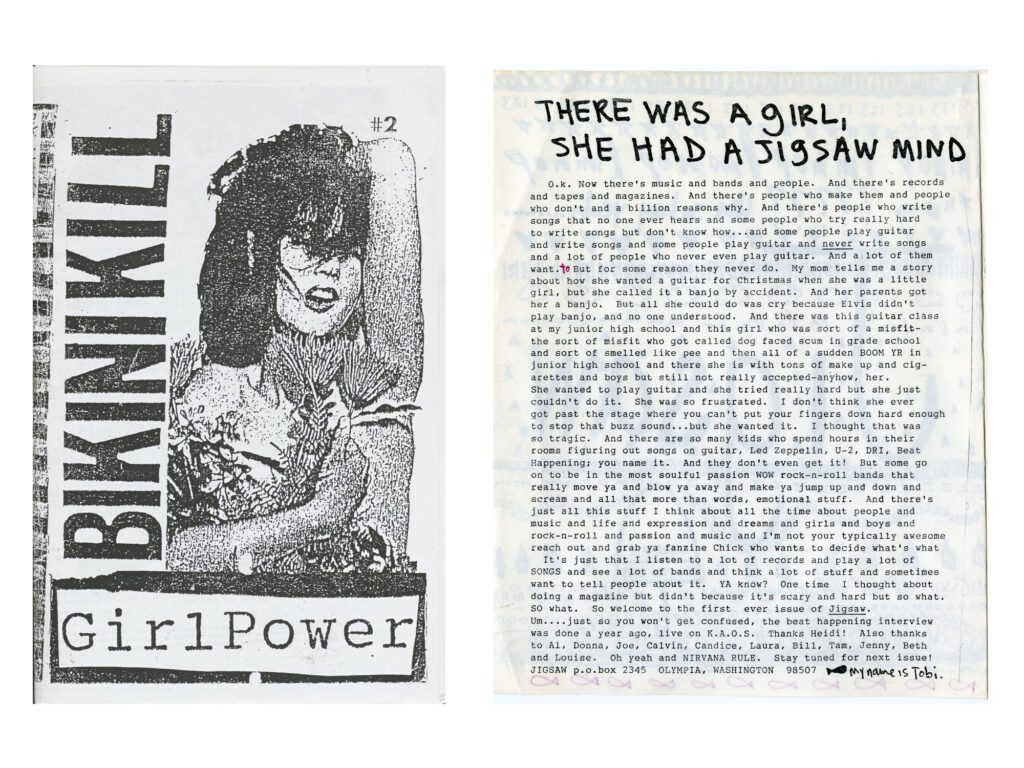
We bring up Tobi Vail and her zine, Jigsaw, often throughout the podcast. Founded in 1988, Jigsaw was one of the first riot grrrl zines that called for girls and women to pick up their instruments and start bands. As the drummer and co-founder of Bikini Kill, Tobi Vail held political and social conversations about music, subculture, and a lot of the women musicians she loved. In a way, Jigsaw feels like the liver of riot grrrl and possibly one of the first representations of a women music critic. It took concepts that were normalized in the mainstream—like what it means to be in a band or what it means to be a “real” musician—and analyzed their patriarchal and capitalist roots. And, almost always, bringing us back to the urgency of why we need to start our own subcultures. One of my favorite excerpts (a must-read that still holds true today, in my opinion) is from Jigsaw edition #3 titled ‘Ape Must Not Kill Ape’.
Girls to the Front: The True Story of the riot grrrl Revolution by Sara Marcus (Book)
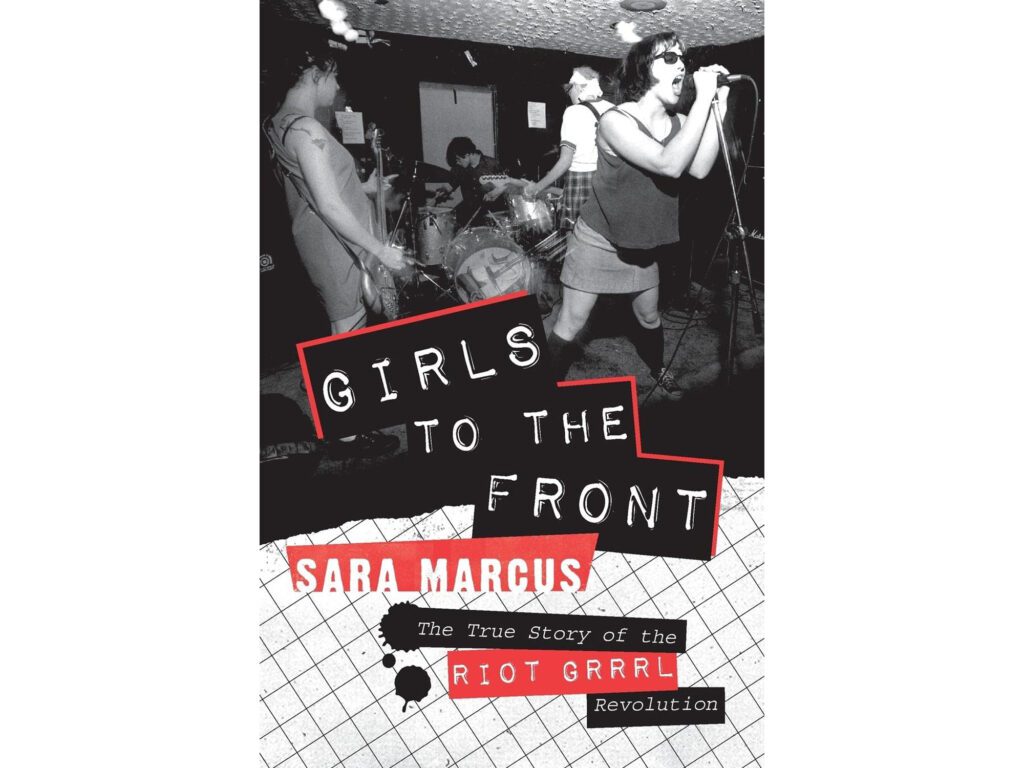
In Starting A Riot, it’s evident that we want to tell a version of riot grrrl from a different perspective. It’s important, however, to still be acquainted with the history of this movement—from the bands, artists, and activists that named and organized it. If you Google “riot grrrl,” there are probably hundreds of essays, books, podcasts, zines, and articles that will give you some insight into what it was like to watch Bikini Kill play in a basement. But in my opinion, Girls to the Front: The True Story of the riot grrrl Revolution by Sara Marcus is as close as it gets to the energetic, chaotic, fierce yet flawed moment that it was.
GUNK by Ramdasha Bickceem (Zine)
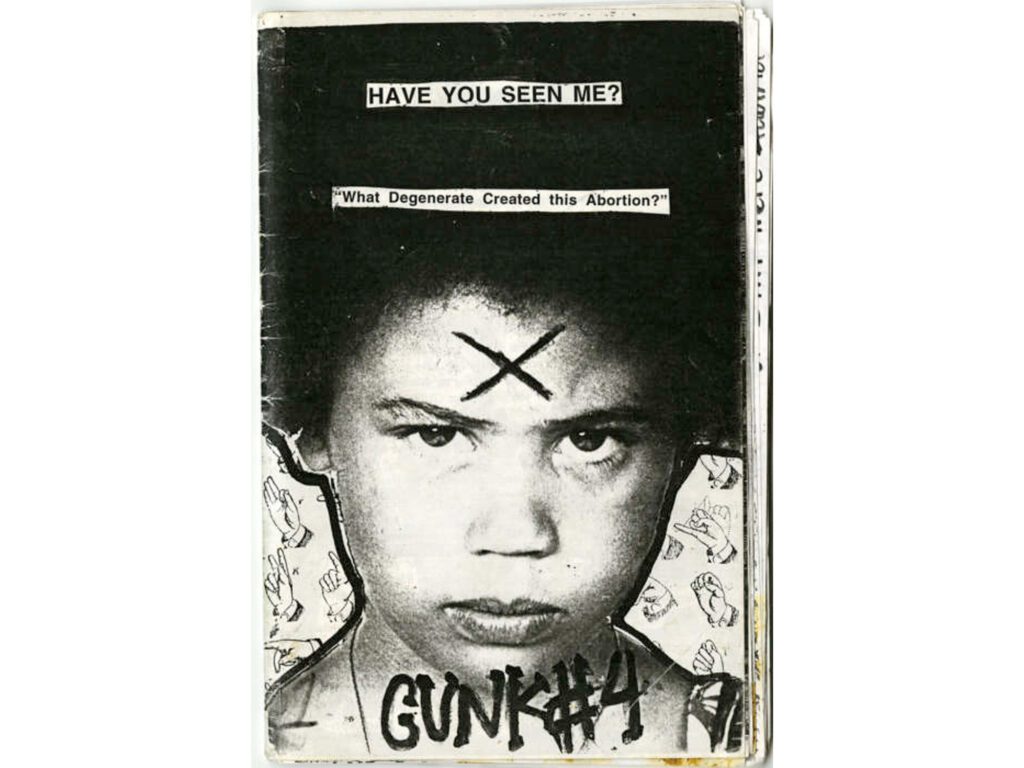
In a 2015 article about Black women in riot grrrl, Vice Magazine dubbed Ramdasha Bikceem, “riot grrrl’s Black Friend.” In a collection of riot grrrl ephemera curated by NYU’s Lisa Darms, along with other archived zines and documents spanning the years from 1989 to 1996, Bikceem’s zine Gunk stood out as one of the few documents addressing the Black feminist experience. Whether or not Bikceem was the only Black riot grrrl during the Movement’s formative years is hard to say (although highly unlikely), They are, however, an extremely important voice in helping us understand the discourse (or lack therefore) around race at the time. Watch a short clip of Bikceem performing at the 1992 riot grrrl Conference held in Washington, DC.
Sista Grrrl Riots (Collective)
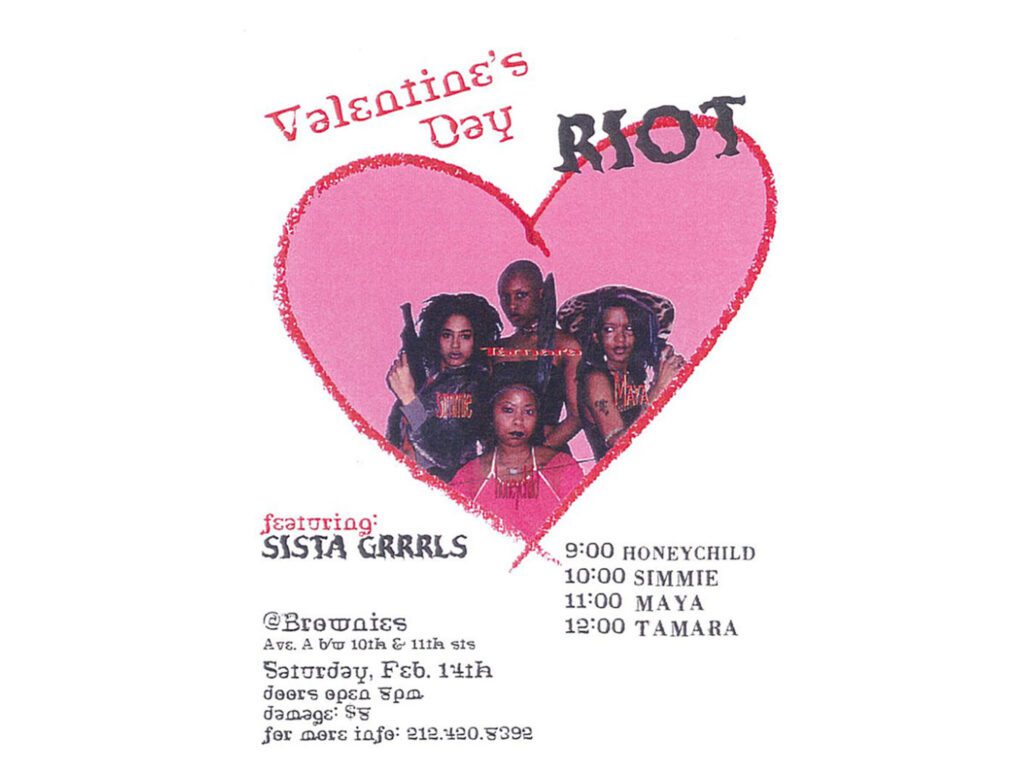
Dubbed “The Feminist Mother of Afro-Punk,” Sista Grrrl Riots was a response to the absence of Black visibility in riot grrrl. Although short lived, these New York-based showcases organized by Tamar Kali-Brown, Simi Stone, Honeychild Coleman, and Maya Sokora gave Black women an opportunity to be in the punk community together, without restriction. Below is an excerpt from the first Sista Grrrl Riot event flier:
“If you bore passing witness to this night, you might have casually referred to Brown, Glick, Stone, and Coleman as riot grrrls, if you didn’t know any better. They were girls. They were angry. They were tired of playing shitty gigs and taking a backseat to the boys. But these women would scoff at the thought of designating themselves “riot grrrls,” or just plain correct you. “You had riot grrrl,” Brown explained, “and this was a Sista Grrrl’s Riot.”
Evolution of a Race Riot by Mimi Thi Nguyen (Zine)
Evolution of a Race Riot by Mimi Thi Nguyen was amongst the most important zines for BIPOC punks to find home in riot grrrl. It’s a resource that to this day is still cited within the discussion of People of Color in Punk. During a time when zines were one of the only sources for alternative media, having a space dedicated to the arts, culture music, and experience of punks living outside of what is already supposed to be a space for the unheard was in many ways a life line. While this formative body of work is often unmentioned in the conversation of riot grrrl, it is one that surely influenced many POC punks today.
Red Paint: The Ancestral Autobiography of a Coast Salish Punk (Book)
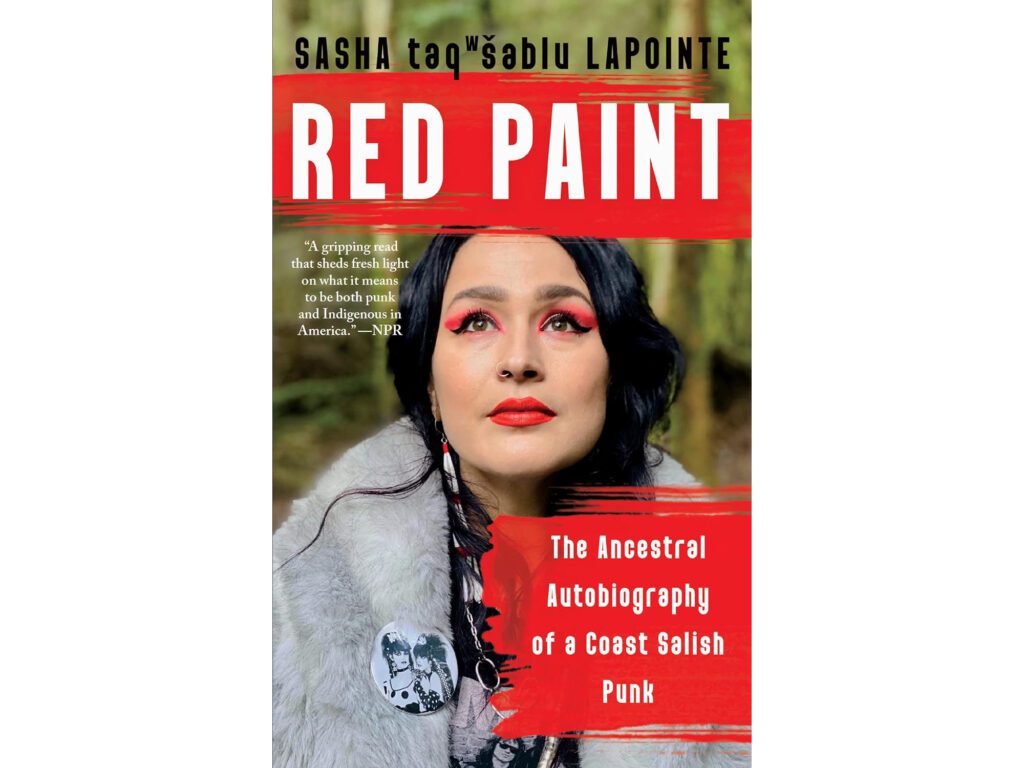
What we know today as the Pacific Northwest is the stolen territory of the Coast Salish people—a number of tribes who have been co-existing with this land for time immemorial. What I consider one of the biggest missing links in the oral history of riot grrrl is acknowledgment of the original people of that land between so called Portland, OR, Olympia and Seattle, WA. With so much culturally rich energy being shared between these cities in the 90s, not once had I heard from the perspective of an Indigenous punk femme until I read Sasha LaPointe’s Red Paint. Listen to LaPointe speak on riot grrrl in episode 4 of Starting a Riot.
IPRC: Portland, OR (Place)
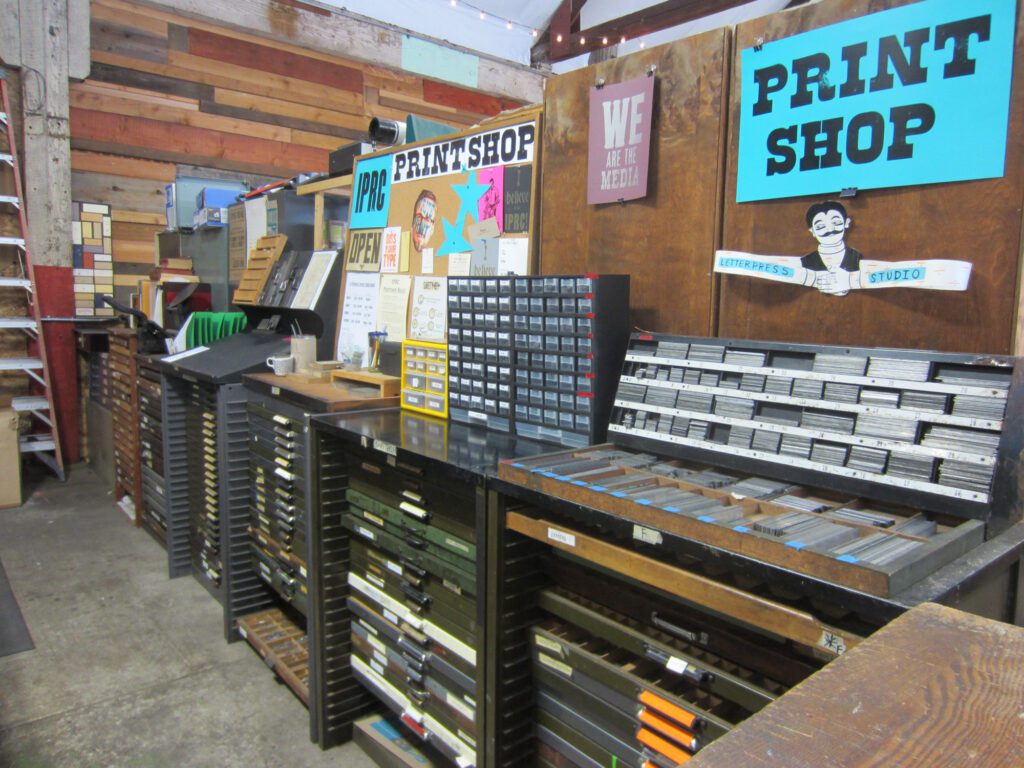
The Independent Publish Resource Center (IPRC) is one of my favorite places in Portland, OR and one of the first spaces I frequented when I moved here in 2010. For a monthly subscription of $10/month or $100/year you get access to a letterpress studio, screen printing facilities, workshops, printing/copy/scanning machines, computers updated with the Adobe creative suite and so much more! This place is literally heaven for any self-publishing, artistic mind. It feels like it came straight for a riot grrrl dream.
What Are You Doing Here? A Black Women’s Life and Liberation in Heavy Metal by Laina Dawes (Book)
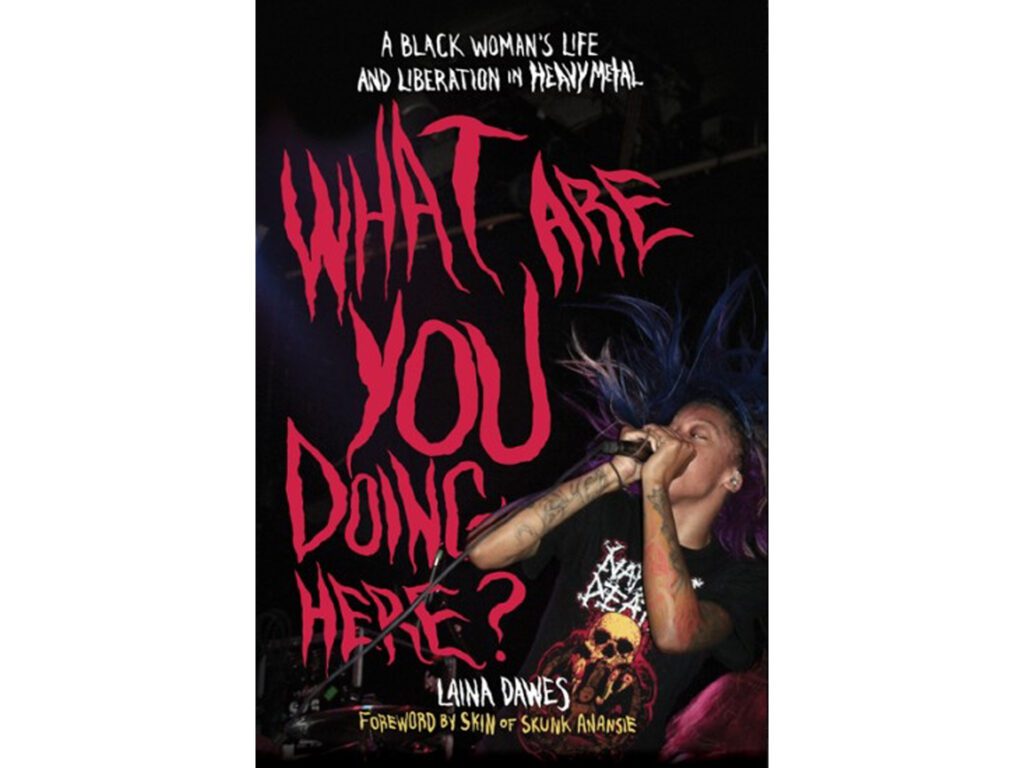
In Laina Dawes’ What Are You Doing Here? A Black Women’s Life and Liberation in Heavy Metal we get to uncover an entire world of unsung women in a genre that is stereotypically aggressively male. This book gives incredible insight into the duality of Metal music as an expressive yet exclusive medium while learning about historic moments for Black women in the genre. A highly recommended read!
KAOS 89.3 FM “Community, not Commercial” (Radio Station)
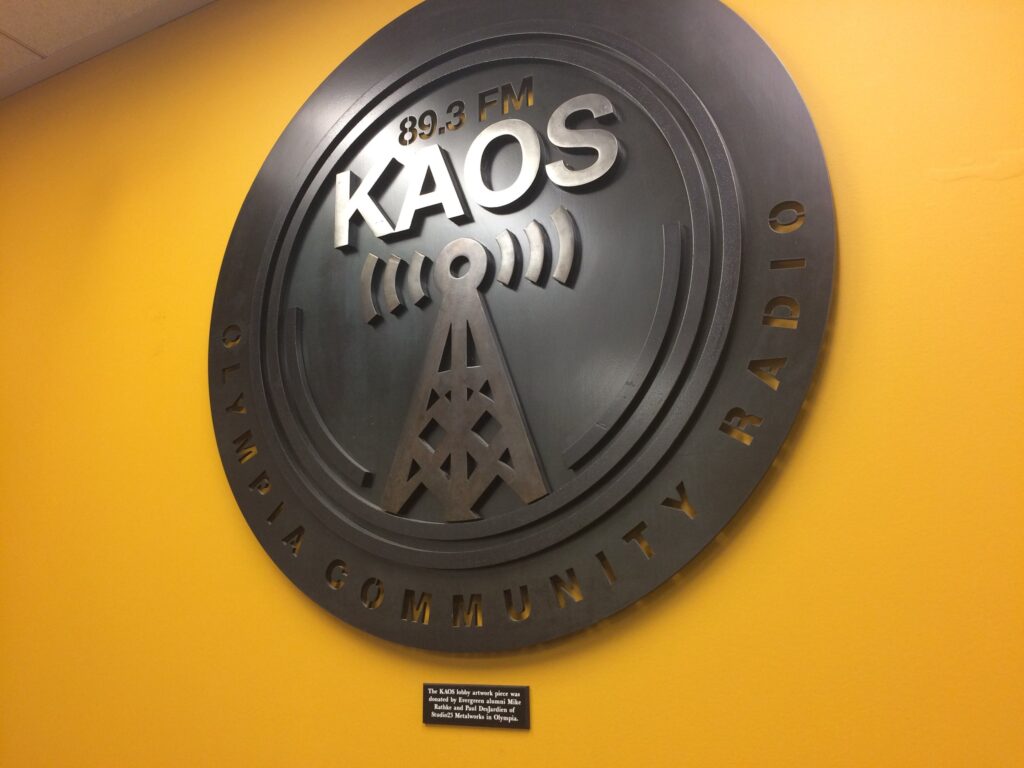
KAOS 89.3 FM is an Olympia staple best known as the radio station that gave voice to the Riot Grrls who attended Evergreen University. It’s fiercely independent, and quirky just like you’d expect a radio station that’s been around since 1973 to be! Whether or not you’re based in Olympia, WA you can access the live feed online and if you’re ever in the area you can even take a tour of the station and volunteer.
Junior High Los Angeles (Place)
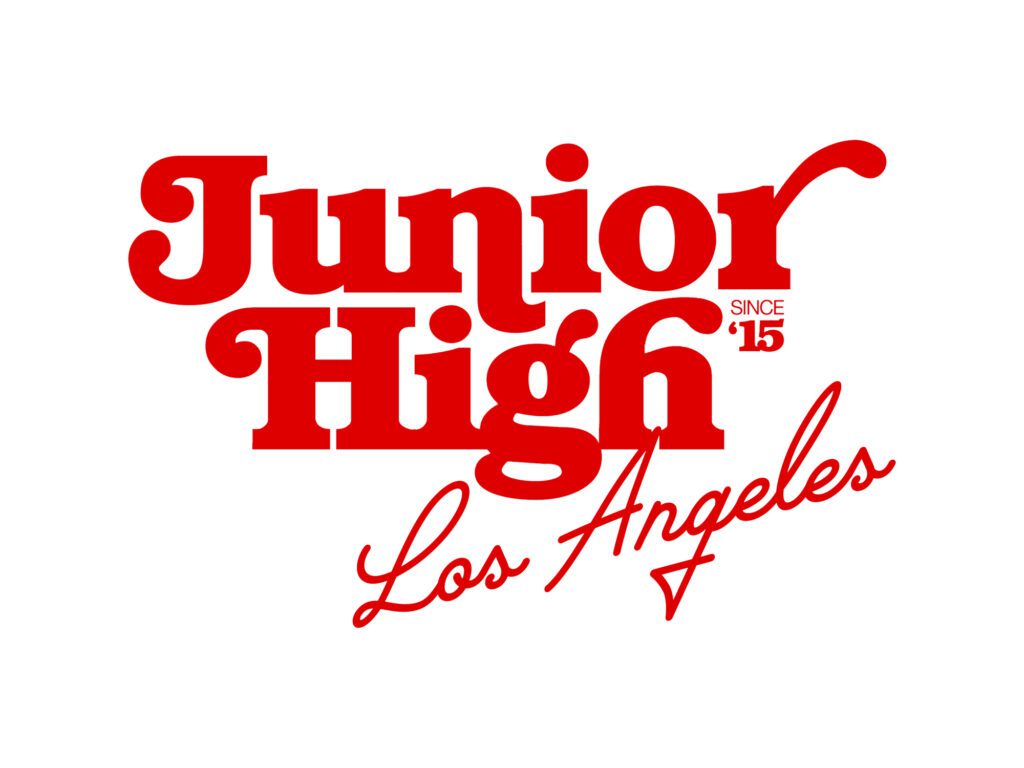
With so many of the original riot grrrls and new generations of Riot Punks naturally migrating towards Los Angeles and New York, I felt it was important to include a safe space in LA for BIPOC and Queer artists to be in community and express themselves. I’ve been following Junior High LA for years now and love their curation of panels, workshops, exhibits, shows and community events. Although Los Angeles is not our focal point in this podcast (Olympia, and the PNW is) riot grrrls influence can be felt on an international level and for me one of the most exciting aspects of it is how artists are building from aspects of its blueprint today. Checkout Junior High’s calendar and catch a class this week!
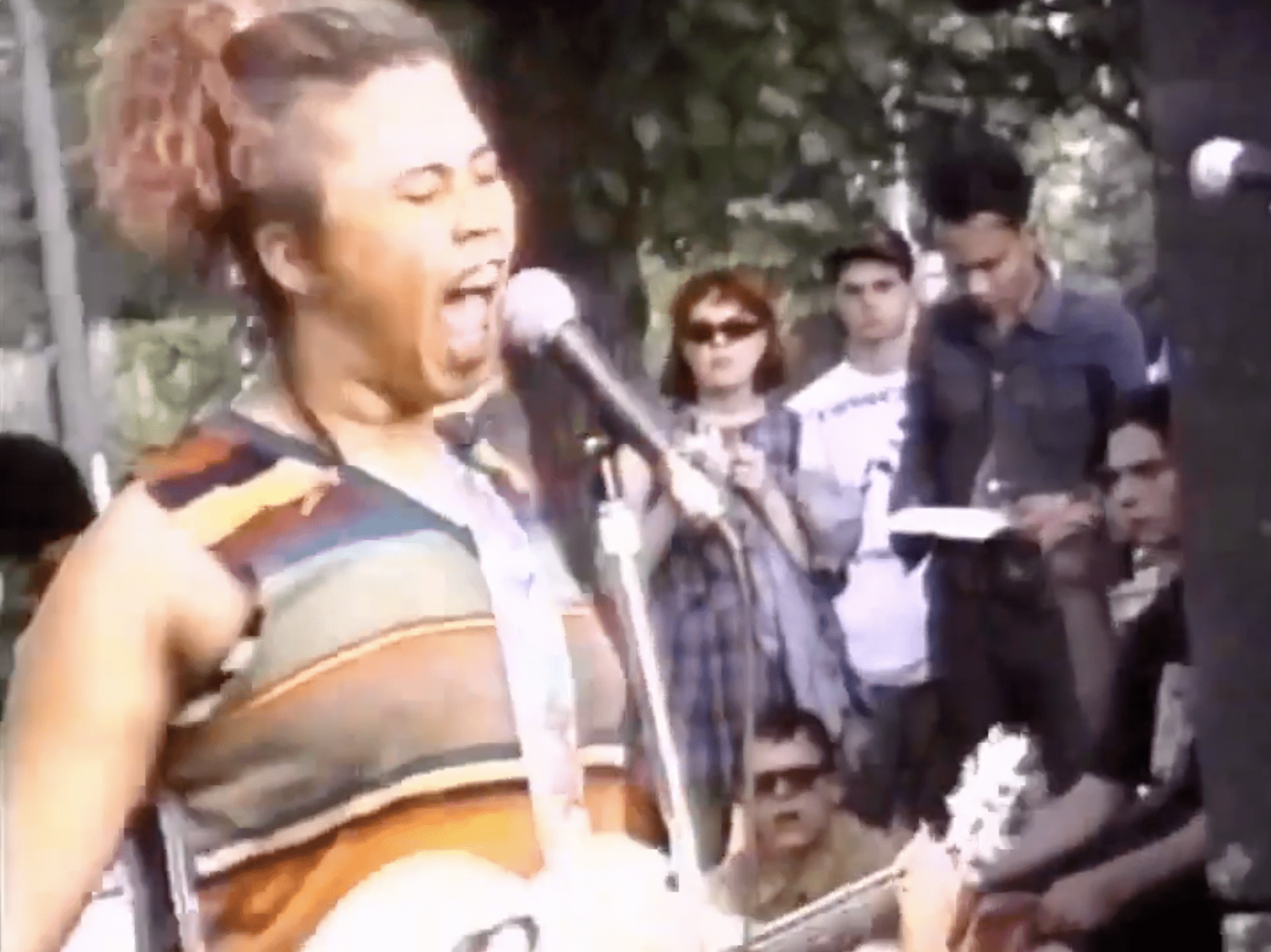

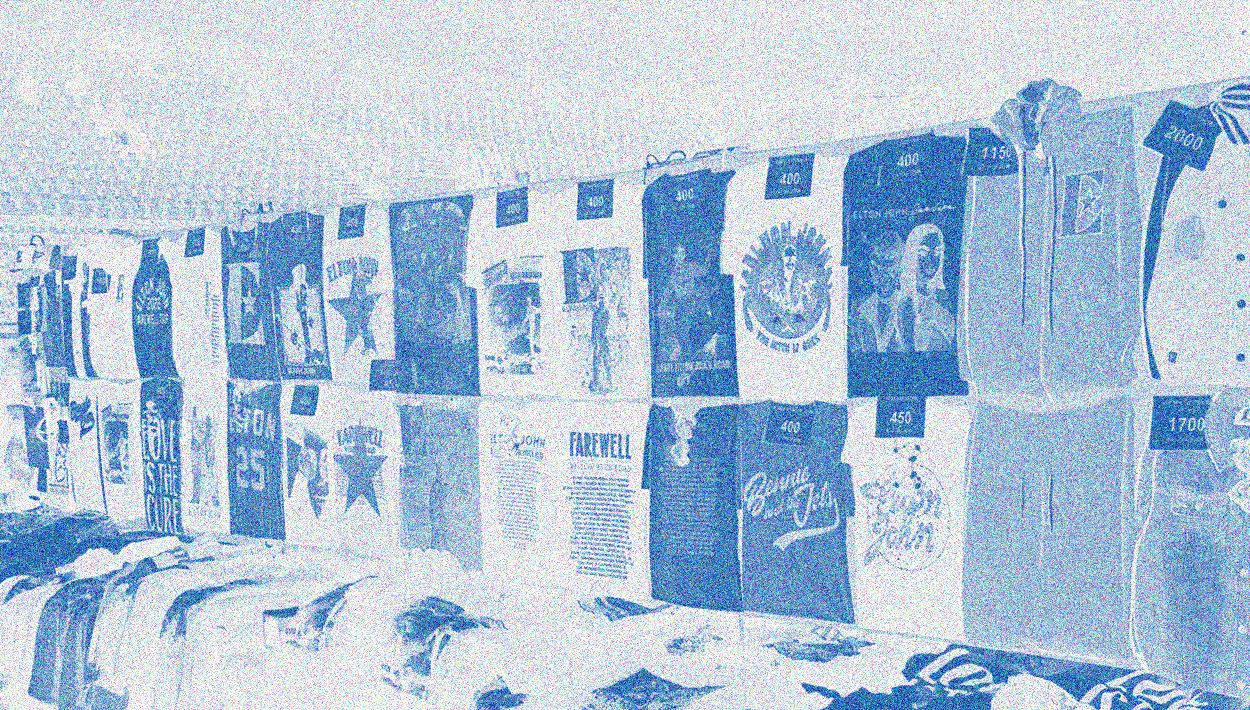
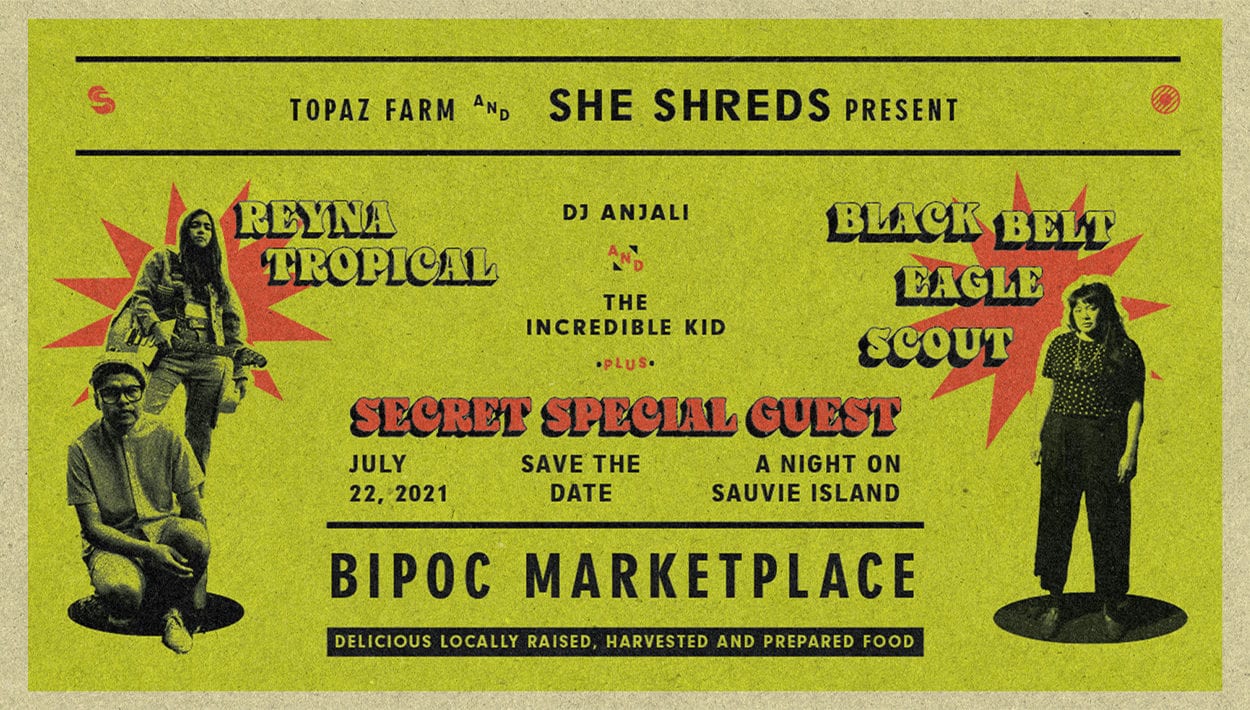
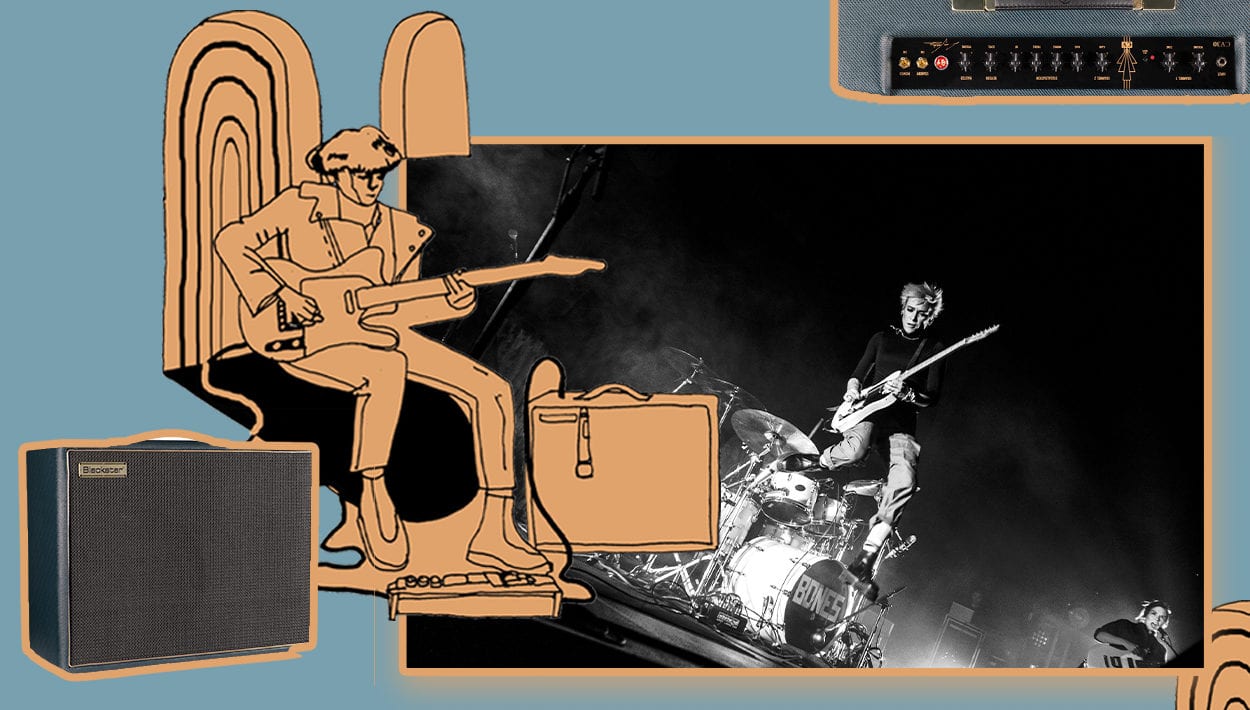
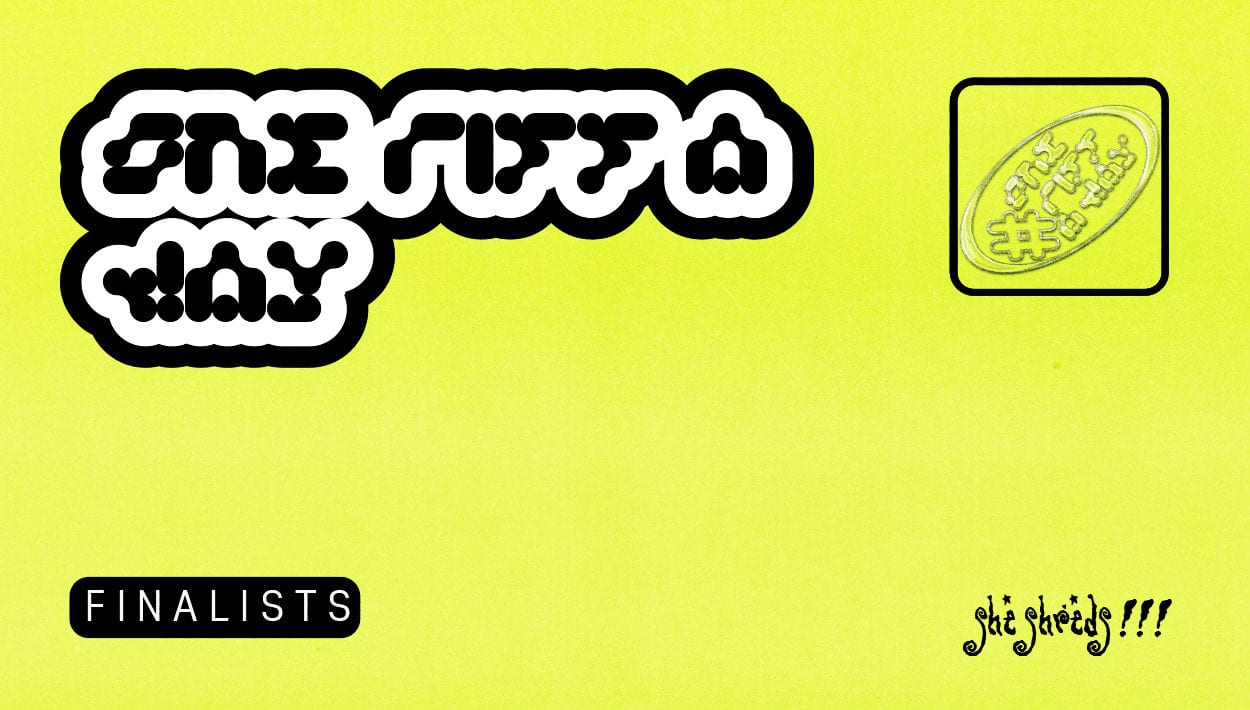
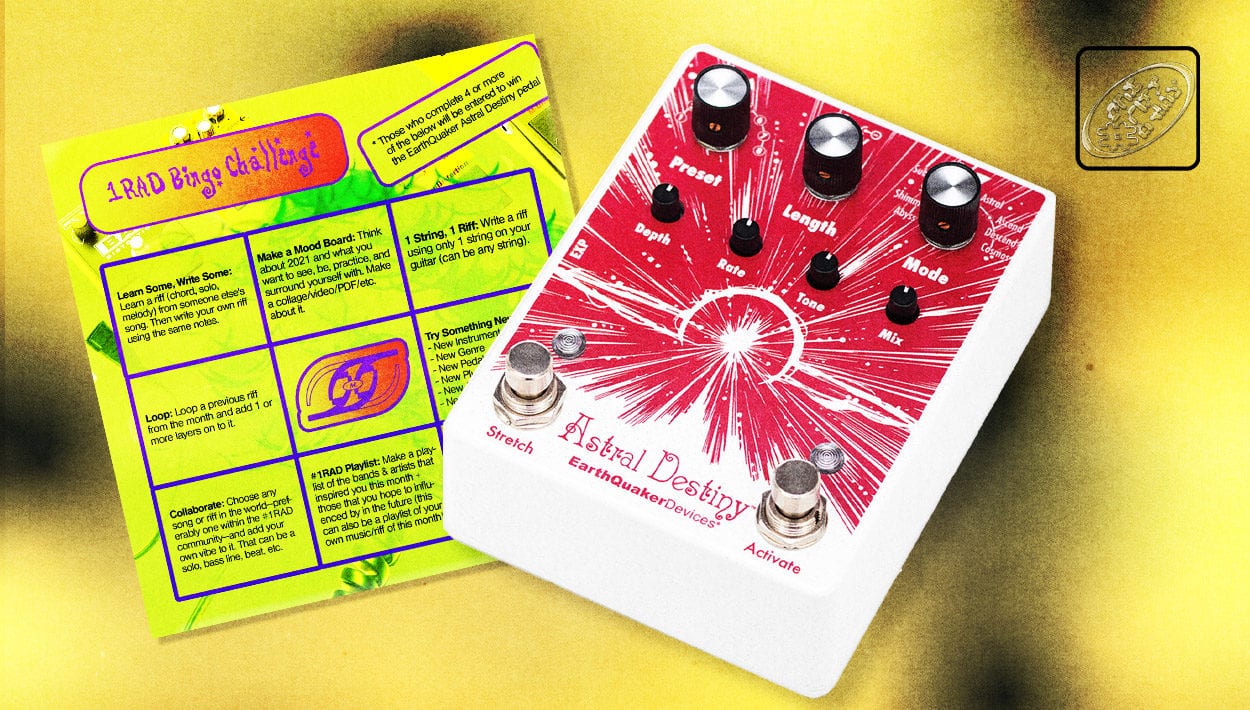
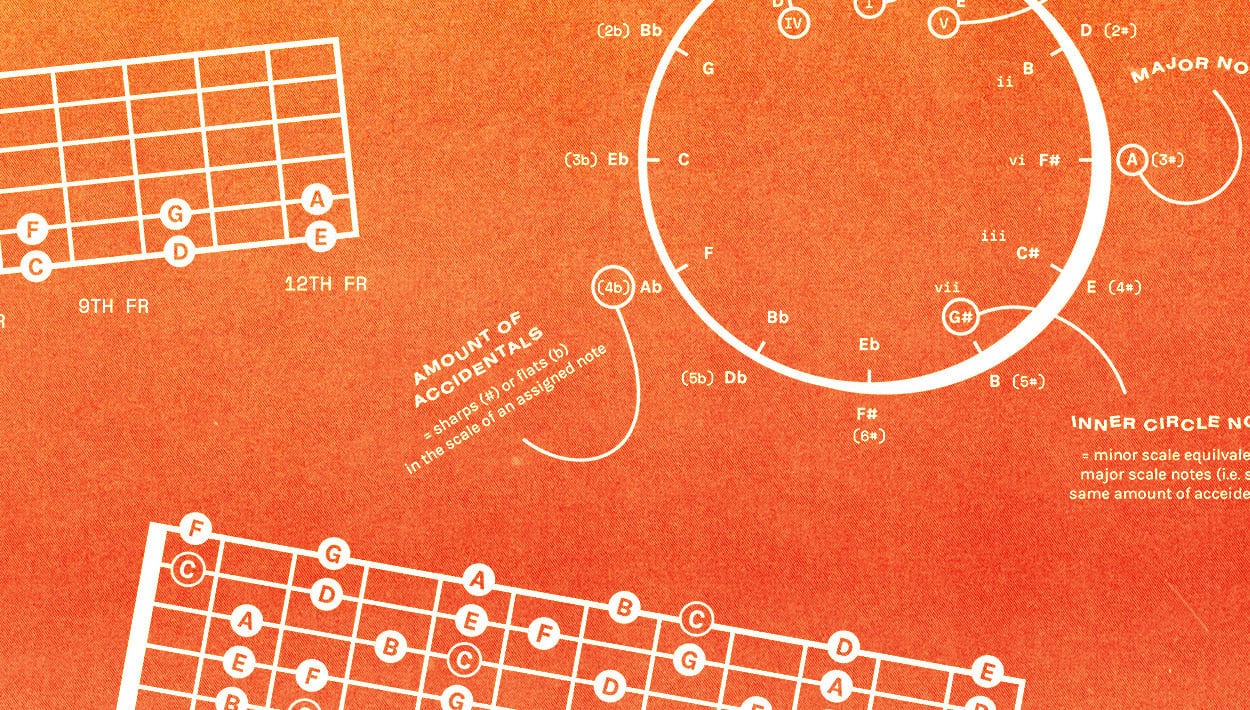
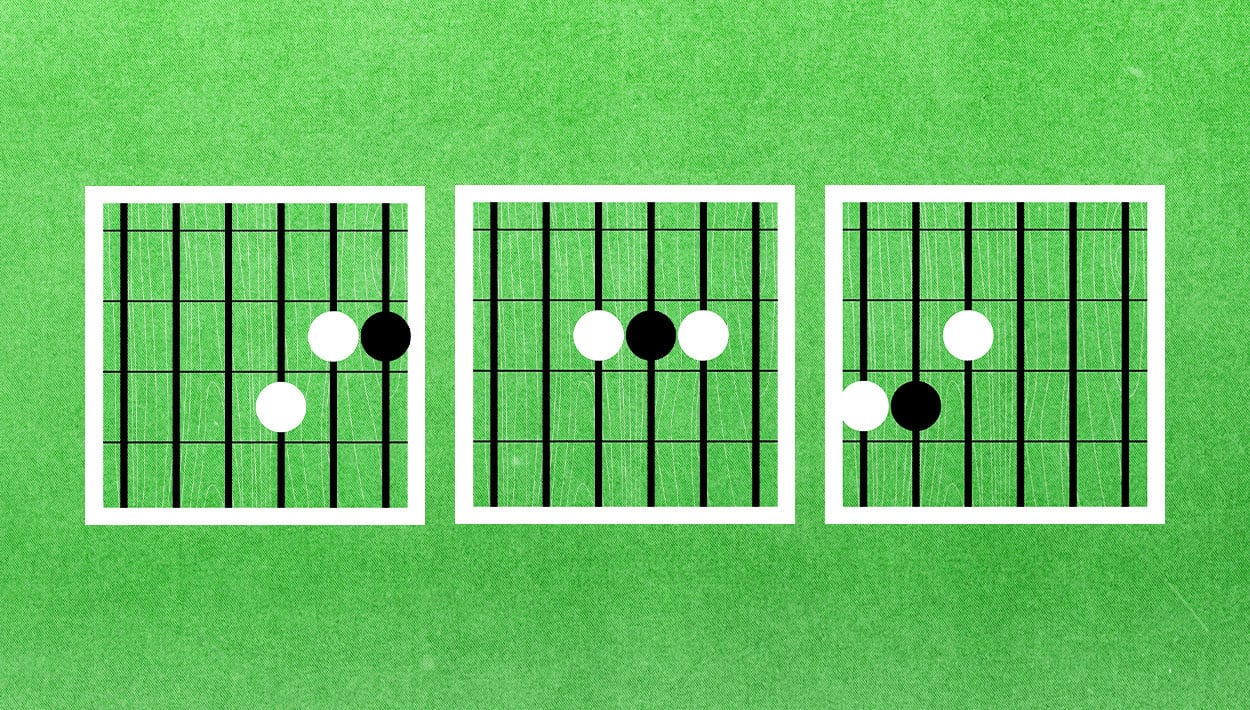


Comments
towing company queens is a reputable company in NYC. Assisting 24/7 in the city by providing swift services for every vehicle. Their commitment to excellence and customer satisfaction makes them unique and ensures that help is only one call away whenever it is needed.
Comment by Riteway Towing on December 17, 2023 at 9:15 pmKohl’s offers its customers the opportunity to provide feedback through a survey. By participating in this survey at https://www.kohlsfeedback.page/, customers have a chance to win a $1000 Gift Coupon. This offer is exclusively available to people residing in the United States. Engaging in the survey not only allows customers to share their thoughts but also provides a chance to obtain a substantial reward in the form of a gift coupon.
Comment by Jesse Stewart on January 31, 2024 at 4:14 am